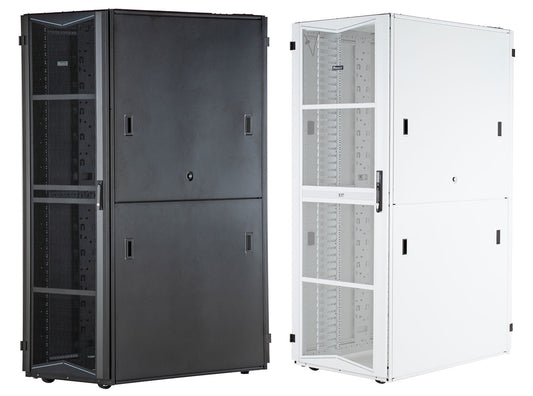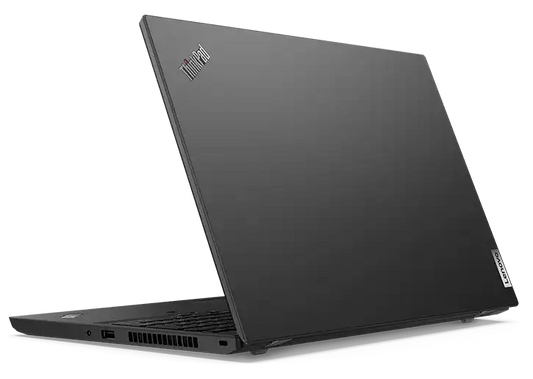The Essential Rack Cabinet Buying Guide: Selecting the Right Fit for Your IT Needs

In the realm of IT infrastructure, rack cabinets are essential for organizing and protecting critical equipment. From servers to network devices, these cabinets not only provide a structured layout but also ensure optimal environmental conditions for your hardware. However, with a myriad of options in the market, selecting the right rack cabinet can be a daunting task. This guide aims to simplify the process, highlighting key factors to consider when purchasing a rack cabinet for your IT needs.
Understanding Rack Cabinet Basics
Before diving into the specifics, it's important to understand what a rack cabinet is. Essentially, it's a frame or enclosure for mounting multiple electronic equipment modules. Each module has a front panel that is 19 inches (482.6 mm) wide, including edges or ears that protrude on each side to allow the module to be fastened to the rack frame with screws.
Key Factors to Consider
1. Size and Capacity
- Height: Rack height is measured in 'U' units, where one U equals 1.75 inches. Common rack sizes include 42U, 48U, and sometimes smaller for specific needs. Consider current and future space requirements for your equipment when deciding on the height.
- Depth and Width: Standard rack cabinets are usually 19 inches wide, but the depth can vary. Ensure the depth of the rack can accommodate the full length of your equipment, plus additional space for cable management and air circulation.
2. Load Capacity
- Racks are designed to support a maximum weight. It’s vital to choose a rack that can support the combined weight of all your equipment. Overloading a rack can lead to structural instability and increased risk of accidents.
3. Ventilation and Cooling
- Proper ventilation is critical to prevent overheating of equipment. Look for racks with perforated doors or built-in cooling systems, especially if housing high-power equipment. Consider the overall airflow pattern in your IT environment when positioning the rack.
4. Cable Management
- Effective cable management is key to maintaining an organized rack. Options with built-in cable management features can simplify this task and improve overall accessibility and maintenance.
5. Accessibility and Mobility
- Consider racks with removable side panels and doors for easy access to equipment. Additionally, racks with casters can be beneficial for mobility, although they should also have locking mechanisms for stability.
6. Security Features
- For sensitive equipment, security is paramount. Look for racks with lockable doors and side panels. Some advanced models even offer electronic access control for enhanced security.
7. Material and Build Quality
- The material of the rack affects its durability and aesthetics. Steel racks are common due to their strength and affordability. Aluminum racks are lighter and offer better corrosion resistance. Ensure the build quality aligns with your environmental and usage conditions.
8. Compatibility with Existing Equipment
- Ensure the rack is compatible with the equipment you intend to house. This includes checking mounting interfaces and ensuring compliance with industry standards.
Conclusion
Selecting the right rack cabinet is a crucial decision in setting up an efficient and reliable IT infrastructure. By considering factors such as size, load capacity, ventilation, cable management, accessibility, security, material quality, and compatibility, you can ensure that your rack cabinet not only meets your current needs but is also scalable for future expansion. Remember, a well-organized rack cabinet is not just about aesthetics; it’s about maximizing the performance and lifespan of your valuable IT equipment.



